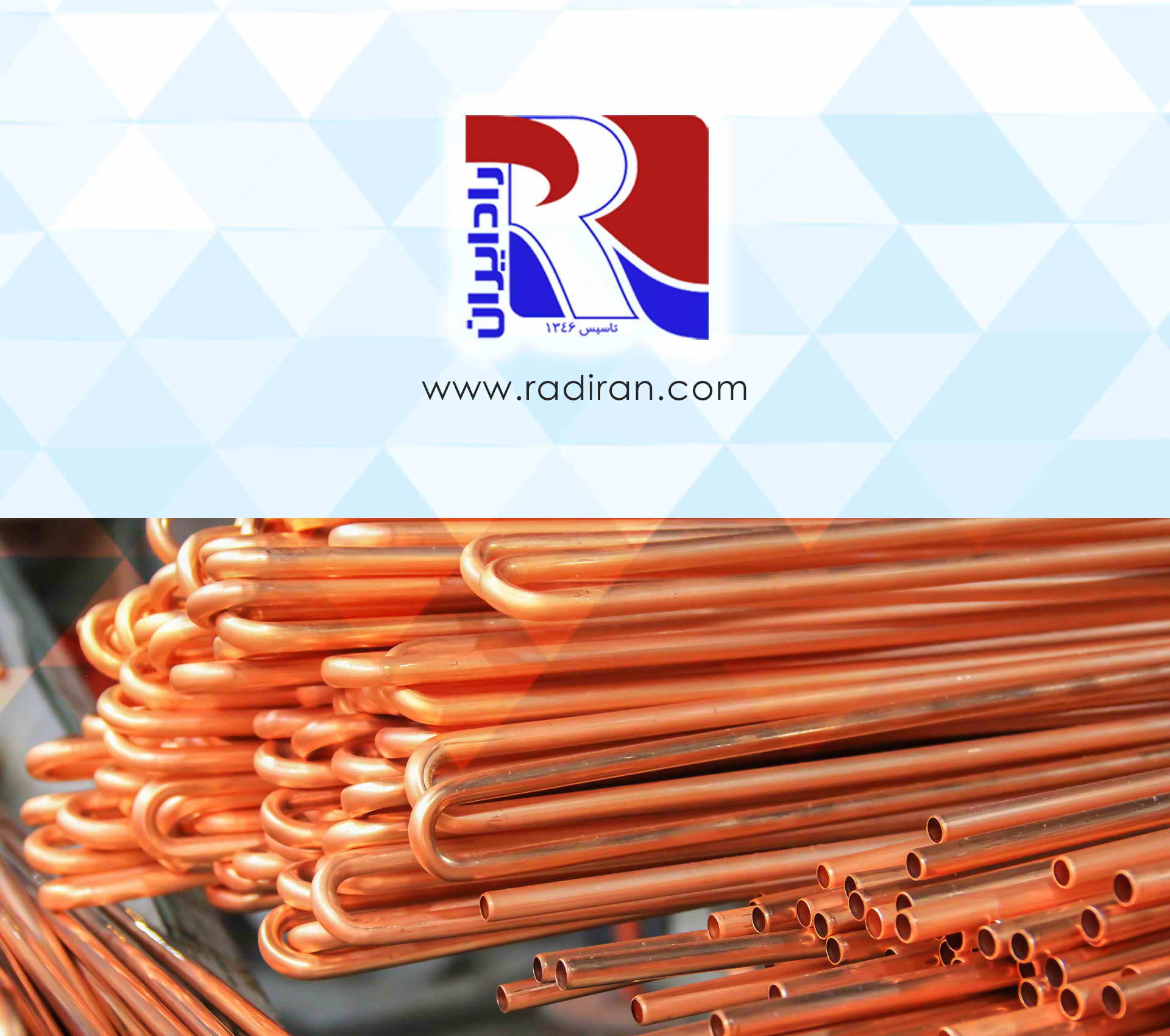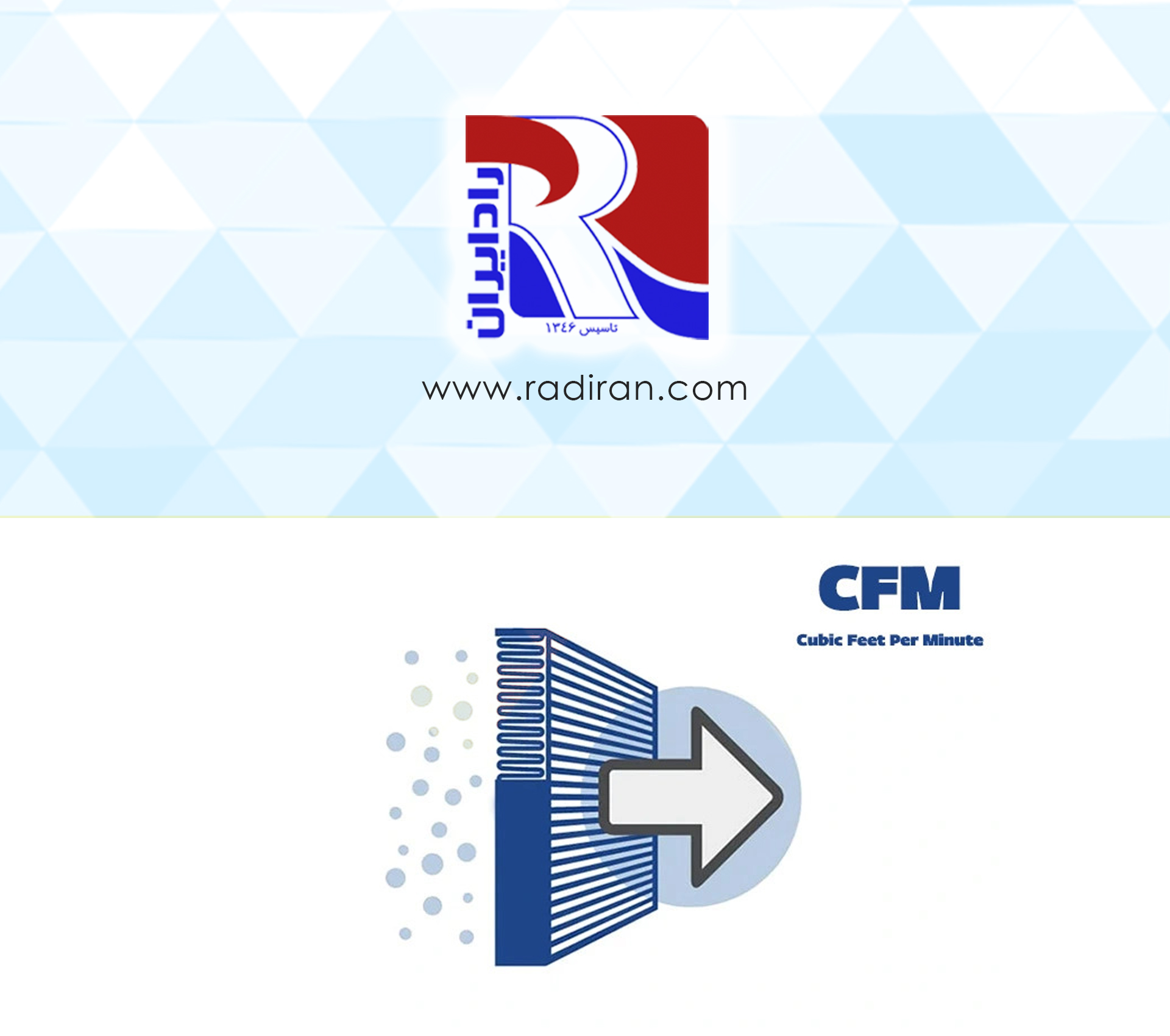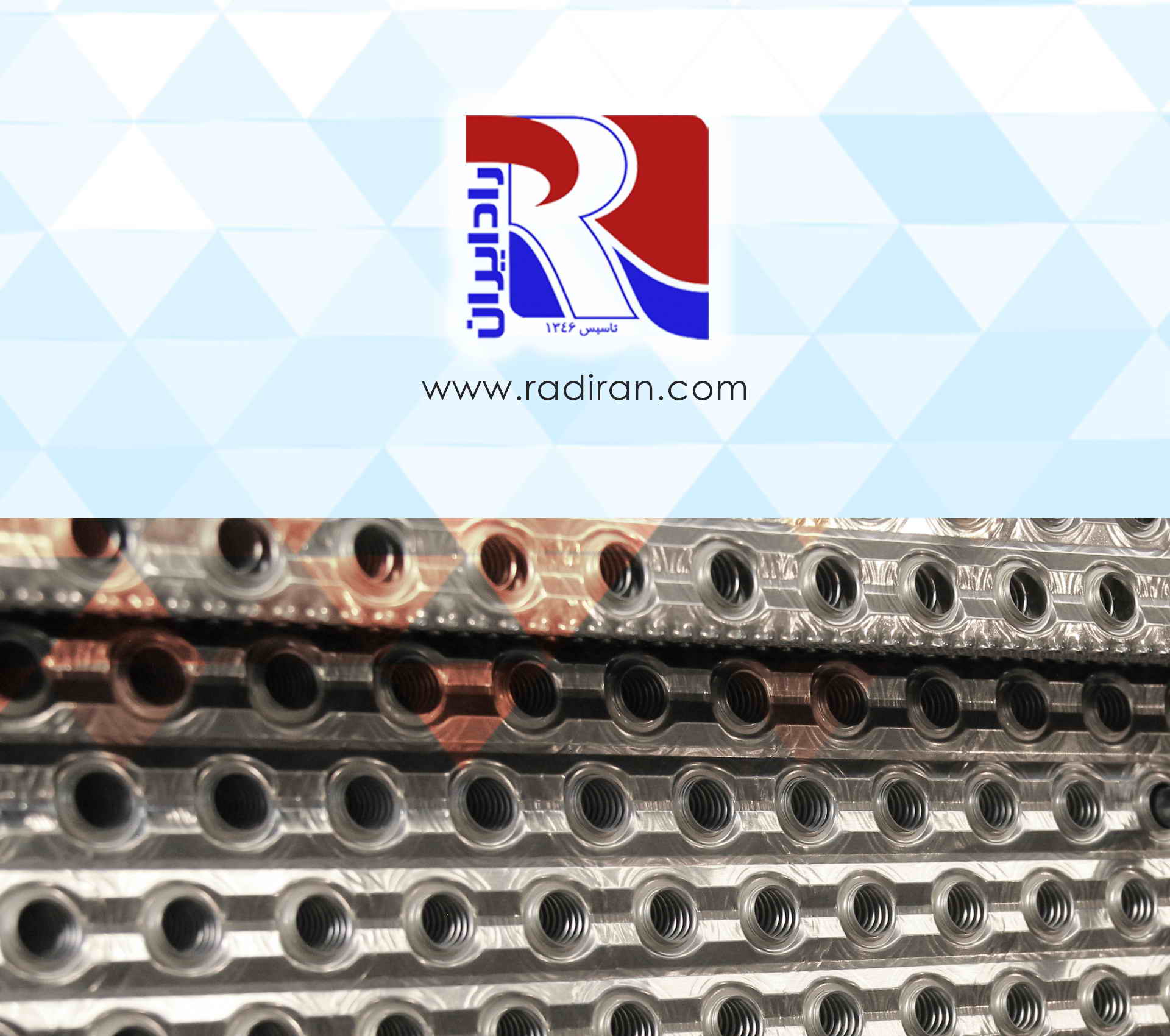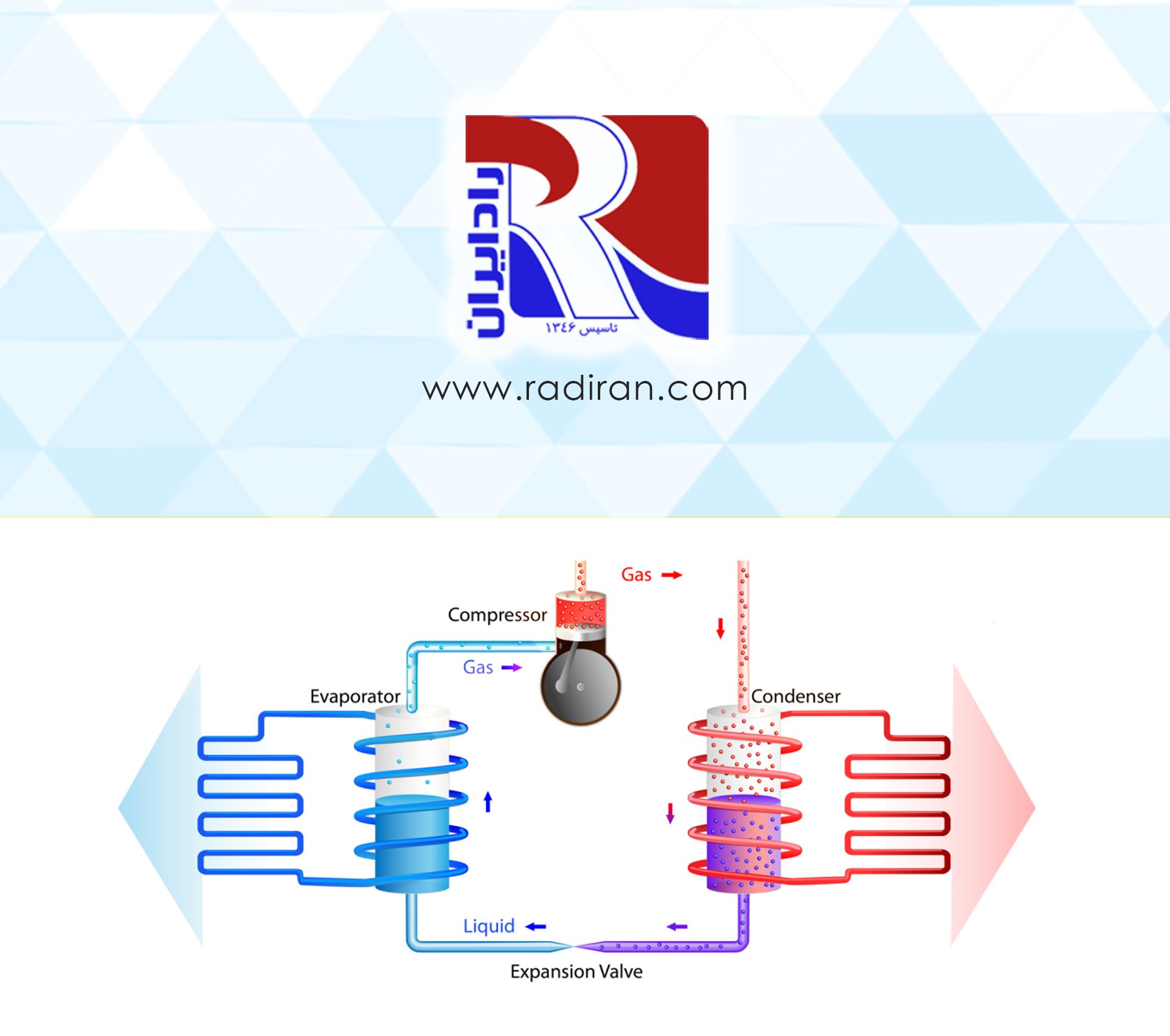Definition of Copper Pipe
1. Definition of Copper Pipe • Definition: A copper pipe is a type of pipe made from copper, which is used in industrial and domestic applications due to its physical and chemical properties. • Features: o High resistance to corrosion o Excellent heat transfer o Long durability o Flexibility for easy installation o Hygienic properties and reduction of bacterial growth in drinking water 2. Technical Specifications of Copper Pipes • Raw Materials: High-purity copper (99.9%). • Dimensions and Standards: o Outside diameter: 4 to 100 mm o Wall thickness: 0.5 to 5...





